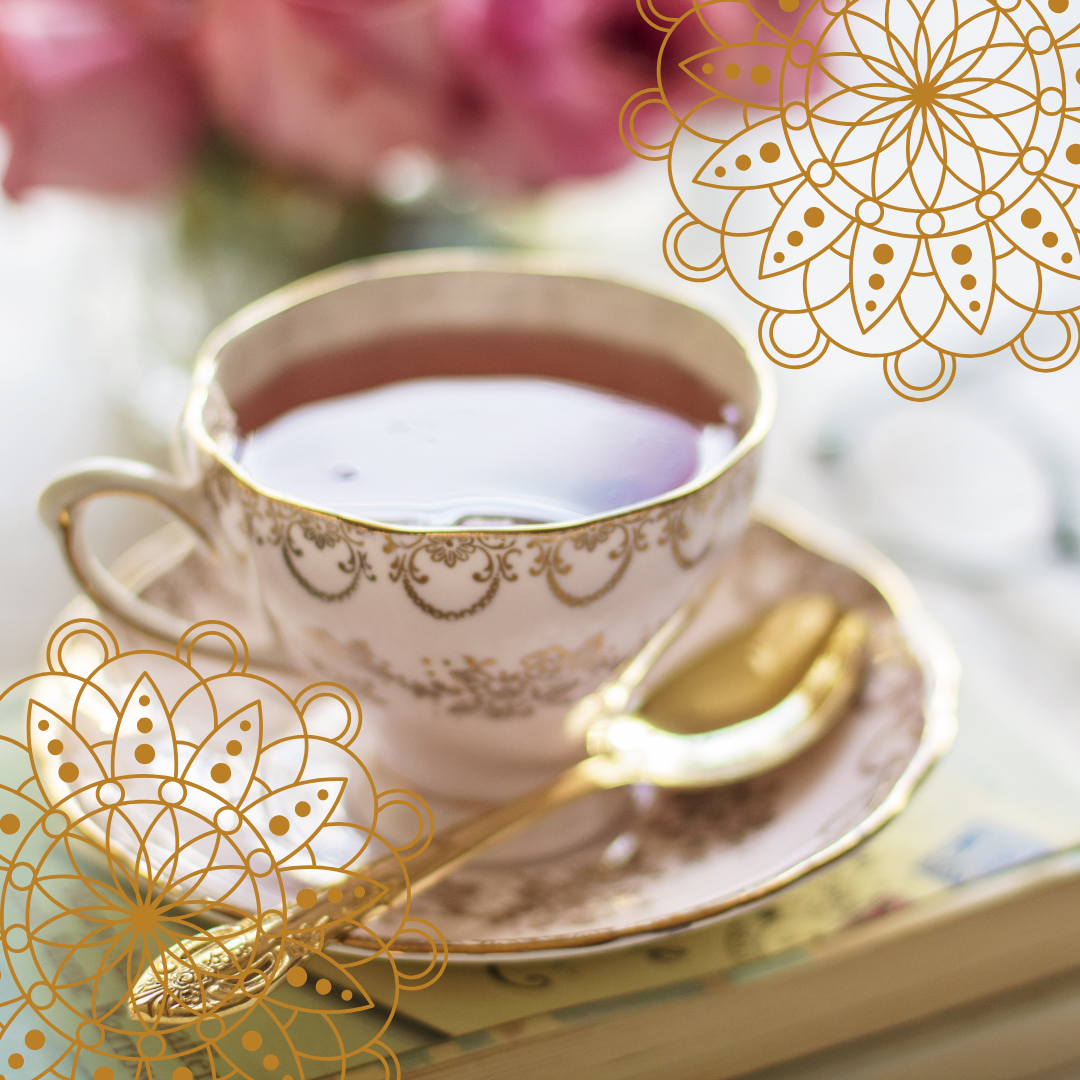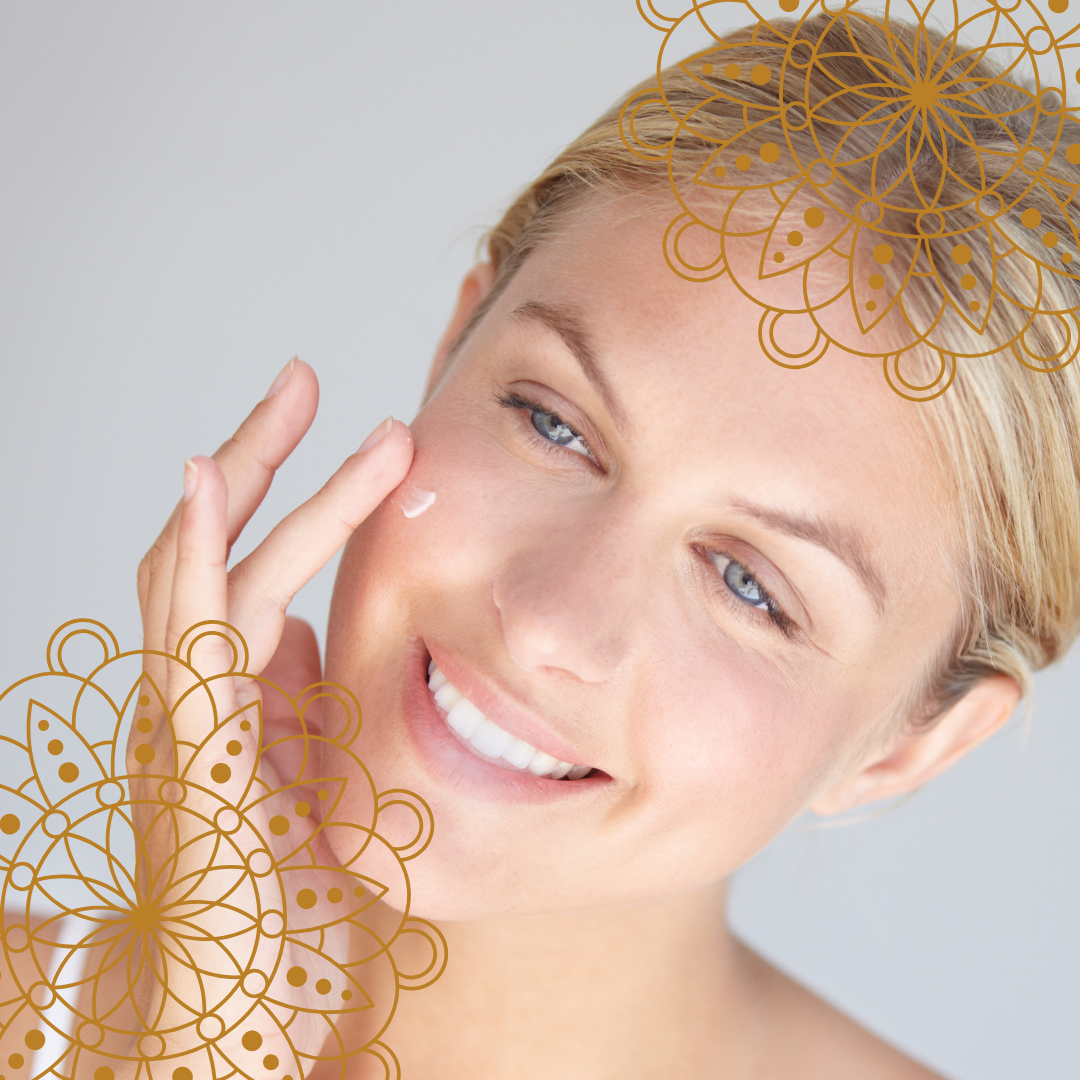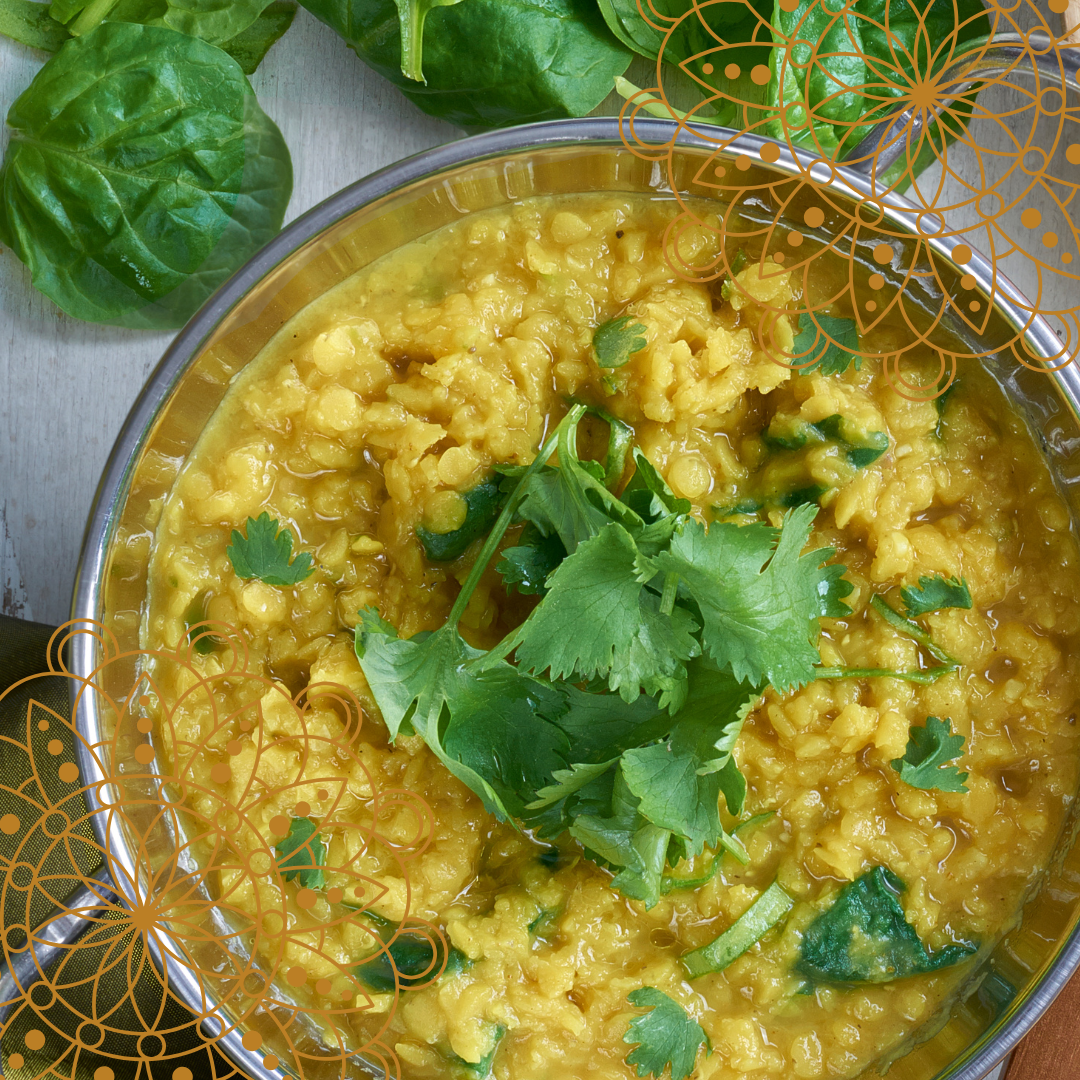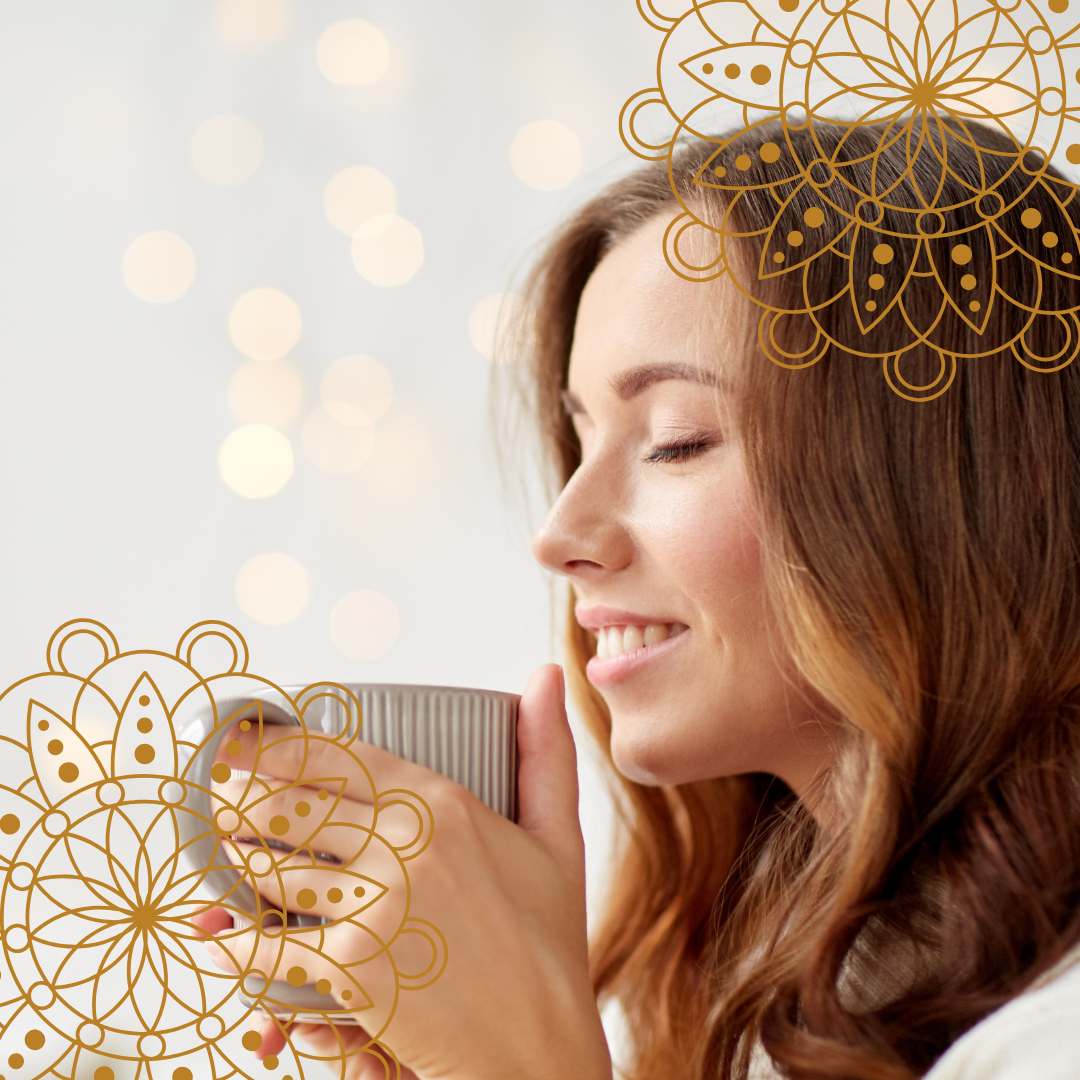Panchakarma: Ayurvedic Detoxification & Rejuvination
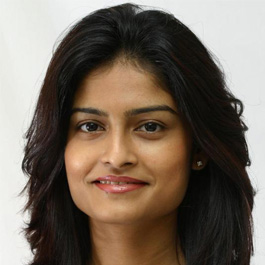
Human body is wonderful in its natural healing capability. It continuously keeps rejuvenating itself. But whenever the Doshas (Vata, Pitta, and Kapha) are severely imbalanced and the toxic substances are formed in large amounts, the natural capability of the body to heal itself gets blocked. To correct this situation, Ayurveda offers us the gift of “Panchakarma”, the science of detoxification and rejuvenation.
Panchakarma can be divided into two words: “Pancha” meaning five and “Karma” meaning actions. Hence, when put together the phrase means five actions or steps towards detoxification and rejuvenation. During this process of cleansing, various systems are first freed of all toxins, excess Doshas are eliminated and the body is rejuvenated.
Ayurveda uses two main ways to treat and cure diseases.
Shamana: In this type of therapy, palliative methods are used to treat a condition. These can be herbs, food, exercise, life style routine etc. This is used for people who are very weak. Shamana treatment may also be given where Shodhana is contraindicated. Sometimes some patients prefer a Shamana treatment instead of Shodhana treatment.
Shodhana: Shodhana means to go away. This type of therapy helps to eliminate Ama (toxins) and excess Doshas from the body and restores balance. Panchakarma has been categorised as a Shodhana therapy.
According to Ayurveda, excess Ama formation in the body is the cause of all diseases. Whenever Agni or the digestive fire becomes weak, all the food that we eat does not get digested. Some of the undigested, half-metabolised, unabsorbed food circulates in the body as a toxin called Ama and becomes the cause of disease.
Ayurveda gives immense importance to the digestive system. The digestive system is divided into three parts based on the Doshas. The upper part of the digestive tract till the stomach comes under Kapha Dosha. The middle part of the tract from the lower part of stomach to the small intestines comes under Pitta Dosha. The lower part of the tract from the colon to anus is categorised as Vata.
Panchakarma itself is divided into three phases:
- Purvakarma (Preparation phase): In this phase the body is prepared for the main phase which includes the five actions. As already mentioned, the digestive tract holds immense importance in Ayurveda. During the preparation phase, excess Doshas and Ama are drawn towards and into the digestive system. Excess Kapha gets accumulated in the upper part, excess Pitta gets accumulated in the middle part and excess Vata is accumulated in the lower part of the digestive tract. To make this happen, various oil therapies (both internal and external) are administered. For internal oleation, ghee or clarified butter is given in small amounts everyday till the excess Doshas are collected in the digestive tract. Simultaneously various external therapies, for e.g. whole body massage, Shirodhara etc are given. During this phase the client’s food is also regulated to suit the Panchakarma procedure.
- Pradhanakarna (Main Phase): Once excess Doshas and Ama are collected in the digestive system, the five main actions are now administered to remove or eliminate them from the body. These five actions are as follows:
Vamana (therapeutic vomiting): This helps to remove excess Kapha Dosha, which has been collected in the upper part of the digestive tract, from the body. Indications for a Vamana therapy are chronic cough, asthma, respiratory conditions, diabetes, loss of appetite and other Kapha disorders. Contra-indications include gastric ulcers, heart conditions, and tumours in abdominal region.
Virecana (therapeutic purgation): This helps to remove excess Pitta, which has been collected in the middle part of the tract, from the body. Indications for a Virecana therapy are skin disorders, chronic fevers, conditions of liver and spleen, jaundice, conditions of the mouth, teeth and gums and other Pitta conditions. Contra-indications include anal fissures, bleeding in the lower part of the tract, ulcers in the large intestine etc.
Basti (medicated decoction and oil enema): Both decoction or oil enemas are given alternatively to remove excess Vata Dosha, which has been collected in the lower part of the digestive tract, from the body. Indications for Basti treatment are constipation, general pains in different parts of the body, paralysis, epilepsy, bone pain and skeletal conditions and other Vata conditions. Contra-indication include diarrhoea, bleeding from the lower part of the digestive tract, very weak patients etc.
Nasya (nasal administration): Medicated oils are administered in each nostril to remove excess Kapha Dosha accumulated in the head and neck region. Indications are sinusitis, problems in breathing, heaviness in head etc.
Raktamokshana (blood letting): In olden days leeches were used (now a days blood may be removed with a needle and syringe) to remove excess blood from the body which in turn removes excess Pitta Dosha from the body. Indications are skin problems, eczema, abscess, haemorrhoids, etc. Contra-indications may include severe bleeding disorders, low blood pressure etc.
During the administration of the above therapies, the patient follows a specific diet. Food should be warm, nourishing, light and easily digestible. One should avoid excess spicy, sour, salty foods. Kitchari (a combination of rice, mung beans and some mild spices) is widely suggested during Panchakarma. One must avoid strenuous physical activities, late nights, alcohol, smoking etc.
General contra-indications for Panchakarma: Very weak patients, very old or very young people, pregnancy, certain heart conditions etc. In such cases Shamana therapy may be administered.
- Paschatkarma (post-treatment phase): Panchakarma can be compared to a surgical procedure where by one must follow certain rule and regulations. Immediately after surgery, one is advised to get back to normal lifestyle gradually. Likewise during this phase, one gradually starts following normal lifestyle including food intake, daily lifestyle, exercises etc. One also takes certain herbs and herbal remedies to complete the rejuvenation process in the body. The common herbs given during this phase are Ashwagandha, Pippali, Brahmi, Amalaki etc. Although one must bear in mind the body type before giving any herbs.
One should undertake Panchakarma procedure at least once every two years. Panchakarma is not only for people suffering from diseases but also for healthy people who want to maintain good health and long life. Panchakarma is usually done at the junction of two seasons (e.g. between summer and autumn). Panchakarma can be done in 2 weeks.
Panchakarma is a special procedure which requires guidance and supervision of a properly trained Ayurvedic practitioner. Each person receives this treatment in a tailor made format to suit their body type and medical problems, if any. Other medical conditions like high blood pressure, heart problems, bleeding conditions etc are also taken into consideration before designing a protocol for a patient (as these may form a contra-indication for certain therapies). Always consult a fully qualified Ayurvedic practitioner if you wish to receive Panchakarma therapy.
Article written by Dr Deepa Apte © Ayurveda Pura Ltd
Share this post
Topics
Tags


